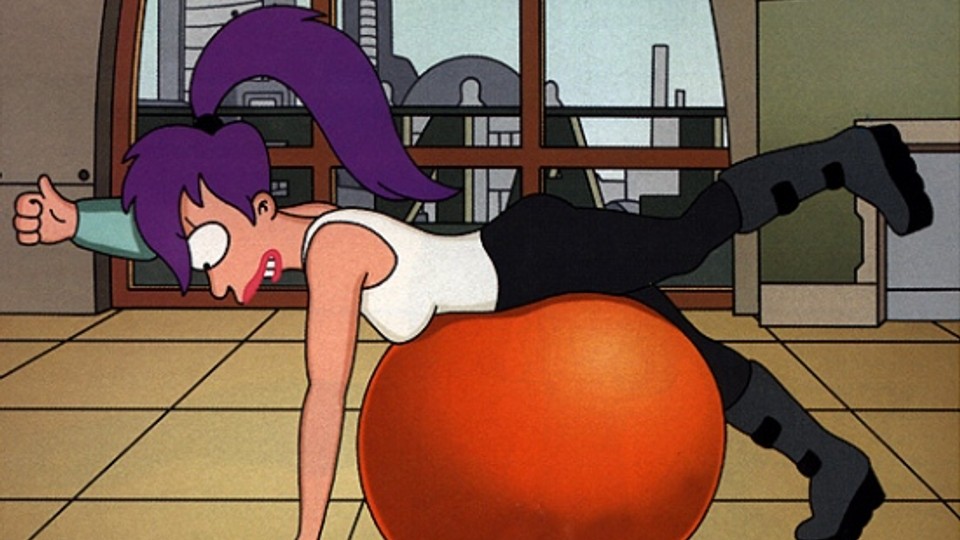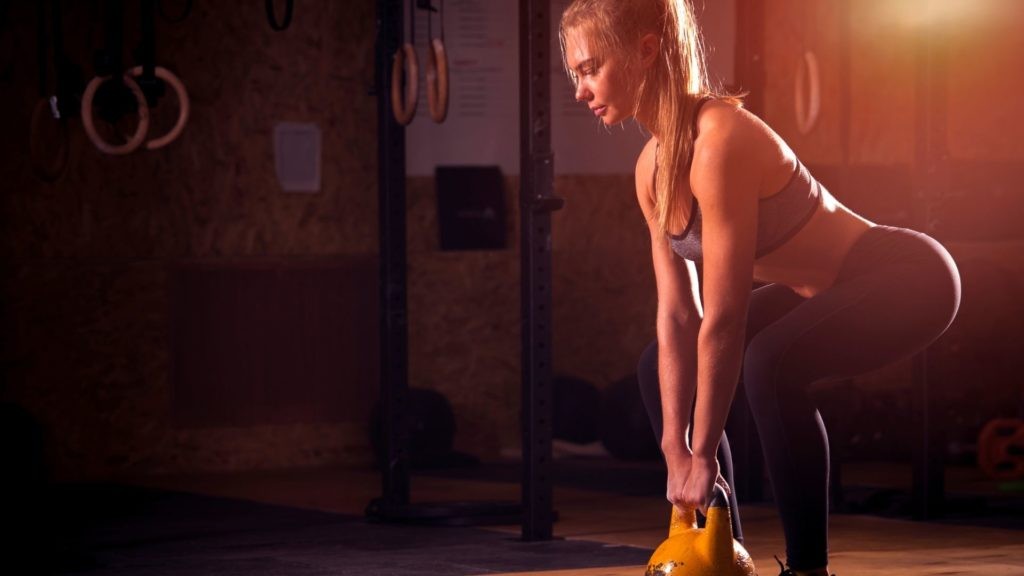
Whether you work out for fitness, for pleasure, for your mental health, for your overall health or anywhere in between, there comes a time when most people question: “Is it okay to be doing the same workout each day?”, with the follow-up question usually something like: “How often should I be changing my workout routine?” Well, the answer is two-sided. For people who work out for pleasure and aren’t necessarily working out to see physical results, it’s probably OK to keep doing what you love day in and day out. After all, moving your body in some way – and especially in a way that you love – is better than nothing at all. If you’re someone who workouts to see results, the answer is somewhat different. However, luckily, science has an answer. Let’s find out how often you should be switching up your workout routine.
The Issue With Doing the Same Workout Every Day
While most trainers would agree to do the same workout every day is better than doing no exercise at all, if you want to get stronger and improve your overall fitness, you have to keep challenging yourself. For example, adding heavier weights or working new muscle groups in a different way. If you’re a runner or a swimmer, try different interval lengths of sprinting. When you do the same workout, whether it’s the same movements or the same weights day in and day out, eventually your body is going to adapt. What was once a challenge is now a breeze, and as such, you’re not going to be seeing the same effects. Your physique won’t change as much, and your overall cardiovascular fitness won’t change much either if you’re not pushing yourself and training differently across the week.

This is because our body adapts to exercise according to the principle of progressive overload. We get stronger and build up muscle by lifting heavier and doing more reps consistently over time. It’s the same principle as running, the faster or longer we run, the better we get at it because our heart gets better at pumping blood to our working muscles and our lungs get better at using oxygen.
The way the human body adapts is nothing short of amazing. It’s actually a survival mechanism. We voluntarily apply stress to our bodies by doing exercise. Then our body instinctively knows that if we don’t add muscle or increase our strength, we might not “survive” the next time. However, if the body experiences the same level of “stress” again, it knows we fought it once, and can fight it again at the same level of strength and muscle (which means it won’t work hard to build more muscle and strength)
Too Much Change Isn’t a Good Thing, Either
However, changing your workout too much isn’t a good thing either. With progressive overload (i.e. muscle confusion), our muscles never have the chance to get “confused” if we change our workout routine too much. Basically, if you’re always changing your workout routine, you can’t expect to see much change in strength, muscle mass or any other fitness goal you’re trying to achieve. It might be more exciting to keep changing your workout, but if you’re never making incremental progress by consistently doing the same handful of exercises, you won’t see much change either.
The Sweet Spot
Motivation is key when it comes to exercise, which is why the sweet spot is sticking with a routine long enough to make progress, but also ensuring you stay motivated and engaged. For most people, every 4-6 weeks is a reasonable time to change your exercise routine. It gives you enough time to make meaningful progress and reach your goals, while also ensuring you don’t get too bored doing the same routine week in and week out.
Club Manager and Personal Trainer at Anytime Fitness Northbridge Leon Comino told MealPrep: “Routines should be changed every 4-6 weeks to keep the stimulus on the body new. Once a body has the capacity to handle that same stimulus, the bodily changes are no longer as great.
“Because humans want physical and mental change through exercise, our greatest changes will happen within 4-6weeks as this is when our bodies have not had a chance to adapt to the stimulus (exercise)”.
And, you don’t have to drastically change your workout. You can make subtle changes to your routine to keep seeing those results you crave. For example, switch from running on a treadmill to running outdoors, or from reverse lunges to walking lunges. You can keep the exercise in the same category, but make subtle differences to keep you on your toes. Here are some other small tweaks you can make to your workouts to keep you progressing and hitting your goals.
Same Move, New Tools

Change your workout by doing the same movement but with a new tool. For example, if you normally squat with a barbell, switch and square with a kettlebell or weighted bag. Same goes for overhead press or any kind of movement – change the tool and you’ll quickly find yourself moving your body in a new way, triggering an immediate response from your body (i.e. more sweat, more puffing and more gains).
Increase Pace
You don’t have to change the weight you’re squatting, deadlift-ing or benching to see a difference. Changing the pace works just as well. See how long it takes you to do a set of 3 x 12 squats, and next time you squat, set a timer and make sure you’re hitting the same number of sets and reps but in a shorter time frame.
Rest Less
Resting less has a similar effect on changing the tempo of your workout. The less you rest – and by extension the longer you keep your heart rate elevated – the better your results are going to be. Less rest will challenge your muscles in a new way. For example, instead of decreasing weights, decrease rest time instead for a new challenge and a different way to work your muscles. The only time resting less doesn’t work as well is when you’re trying to increase your lifting performance. Allowing your muscles more time to rest in between lifting heavy weights means you’re going to be more likely to successfully lift a heavier load next set.
Try Supersets and Trisets
Adding supersets or trisets to your workout routine is another way to change up your workout routine in a subtle yet meaningful way. This is especially true if your body is used to compound sets in isolation. By exhausting and breaking down your muscles by substituting straight sets for super or trisets, you’re going to reap the rewards by improving your strength, performance, muscle growth and overall fitness level.


